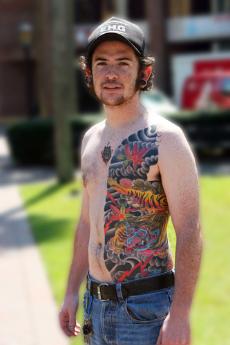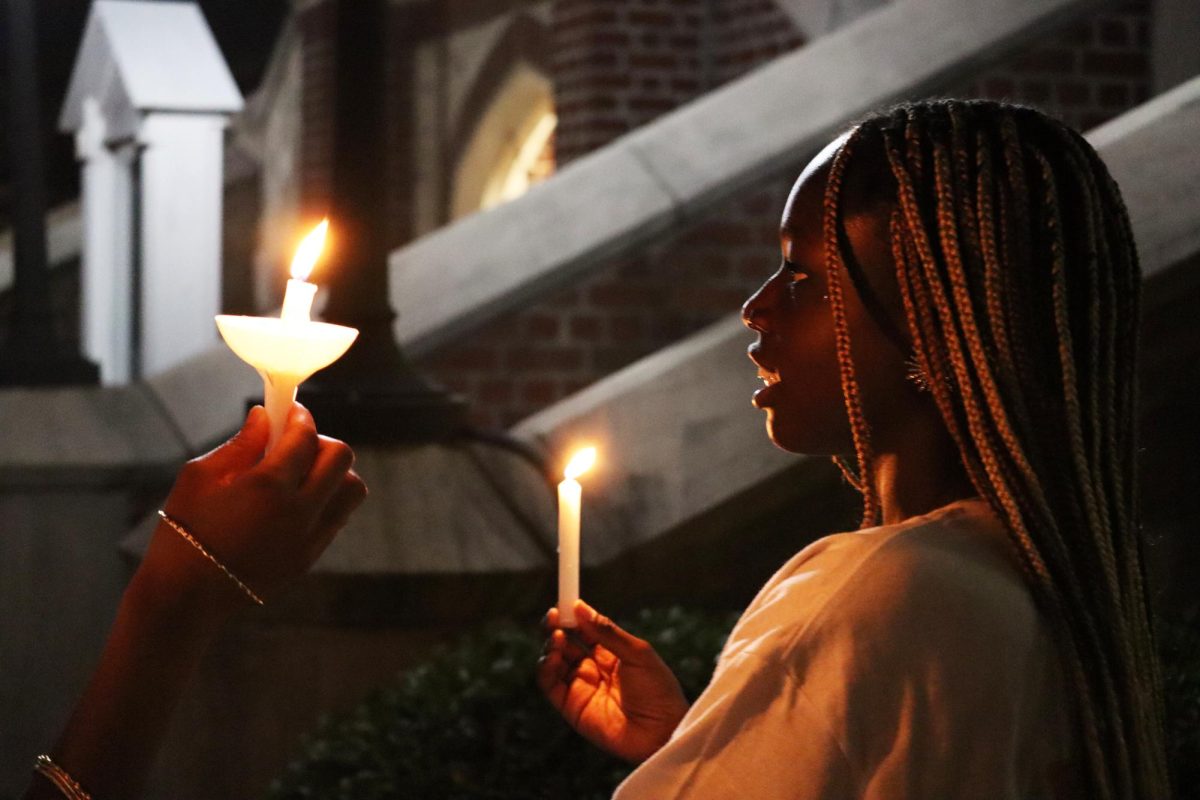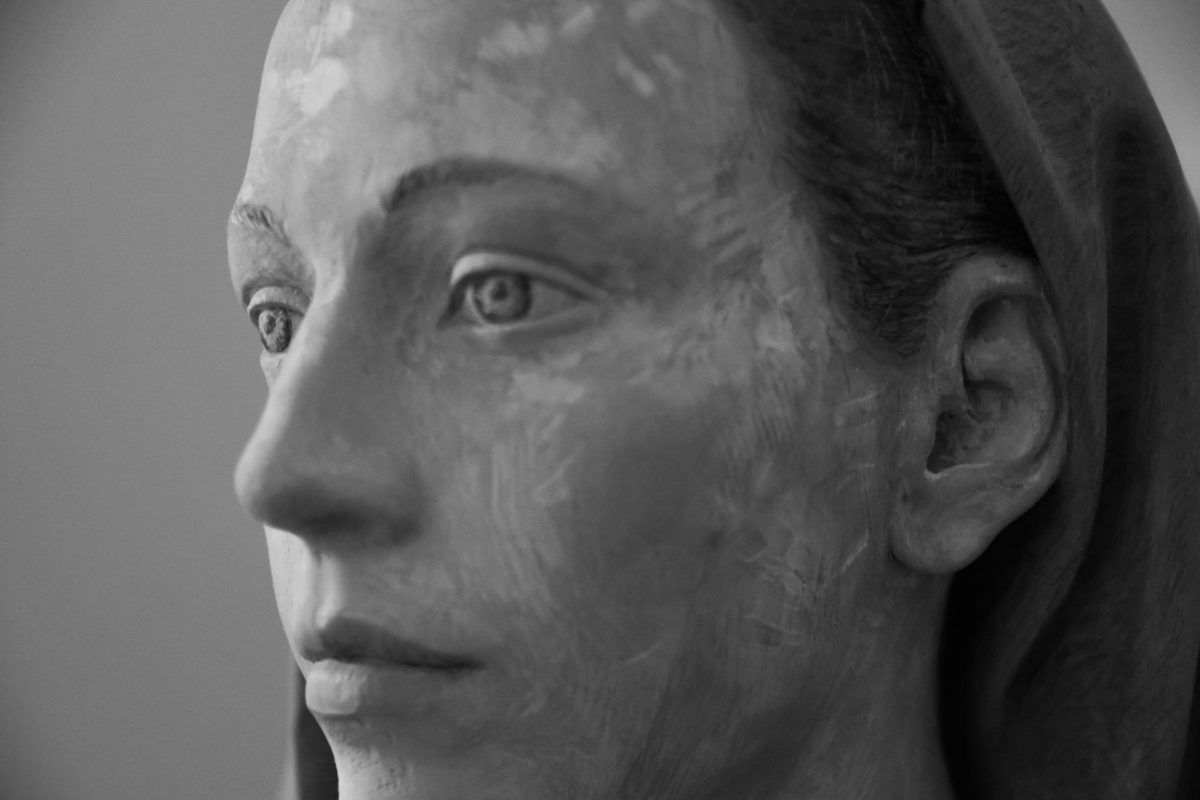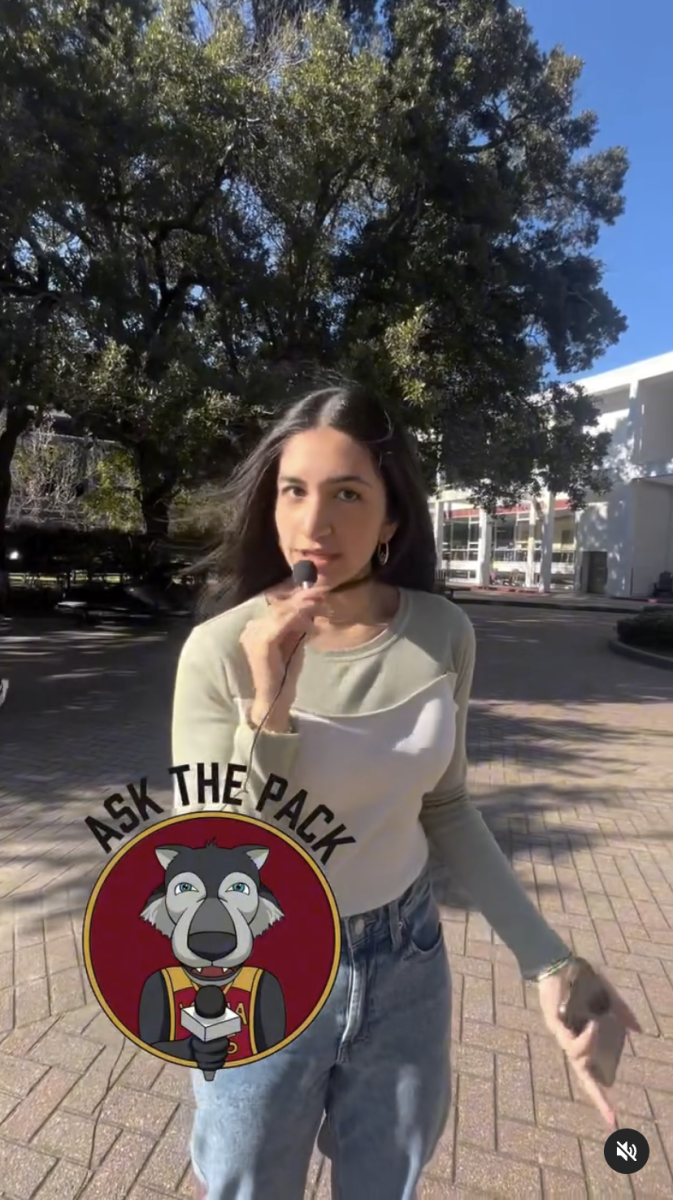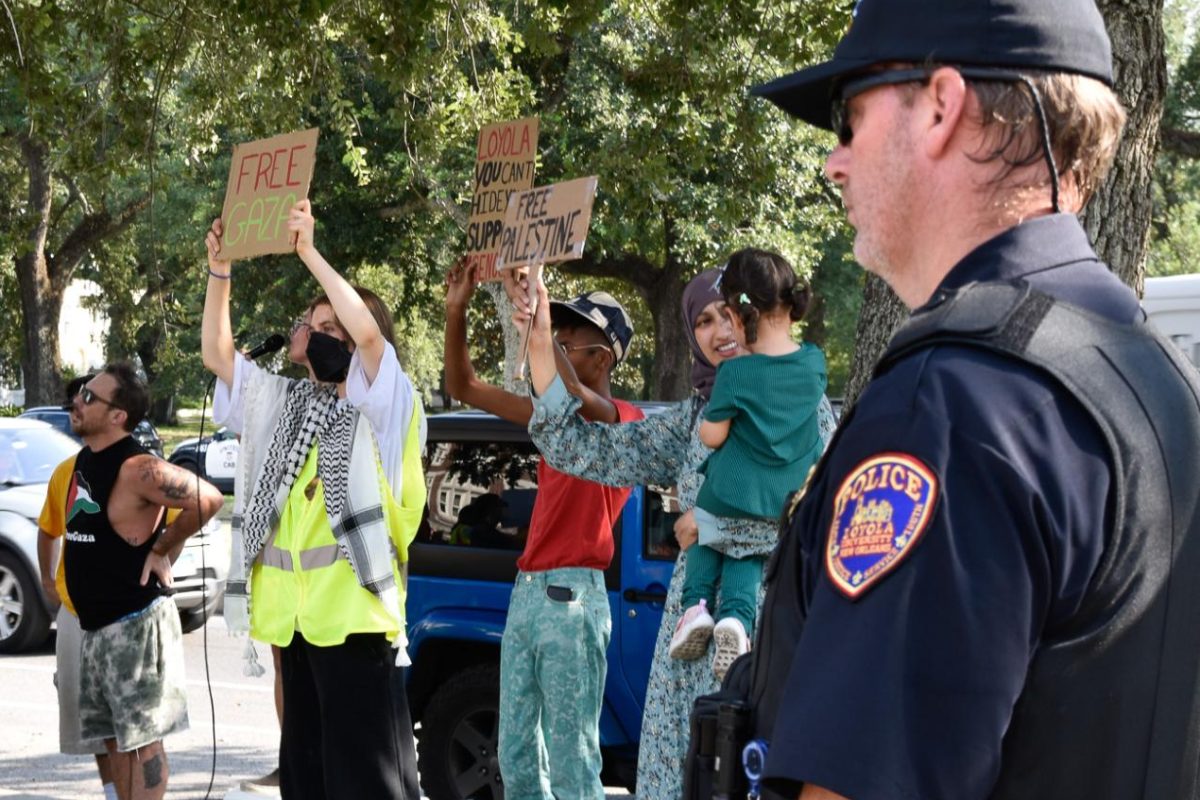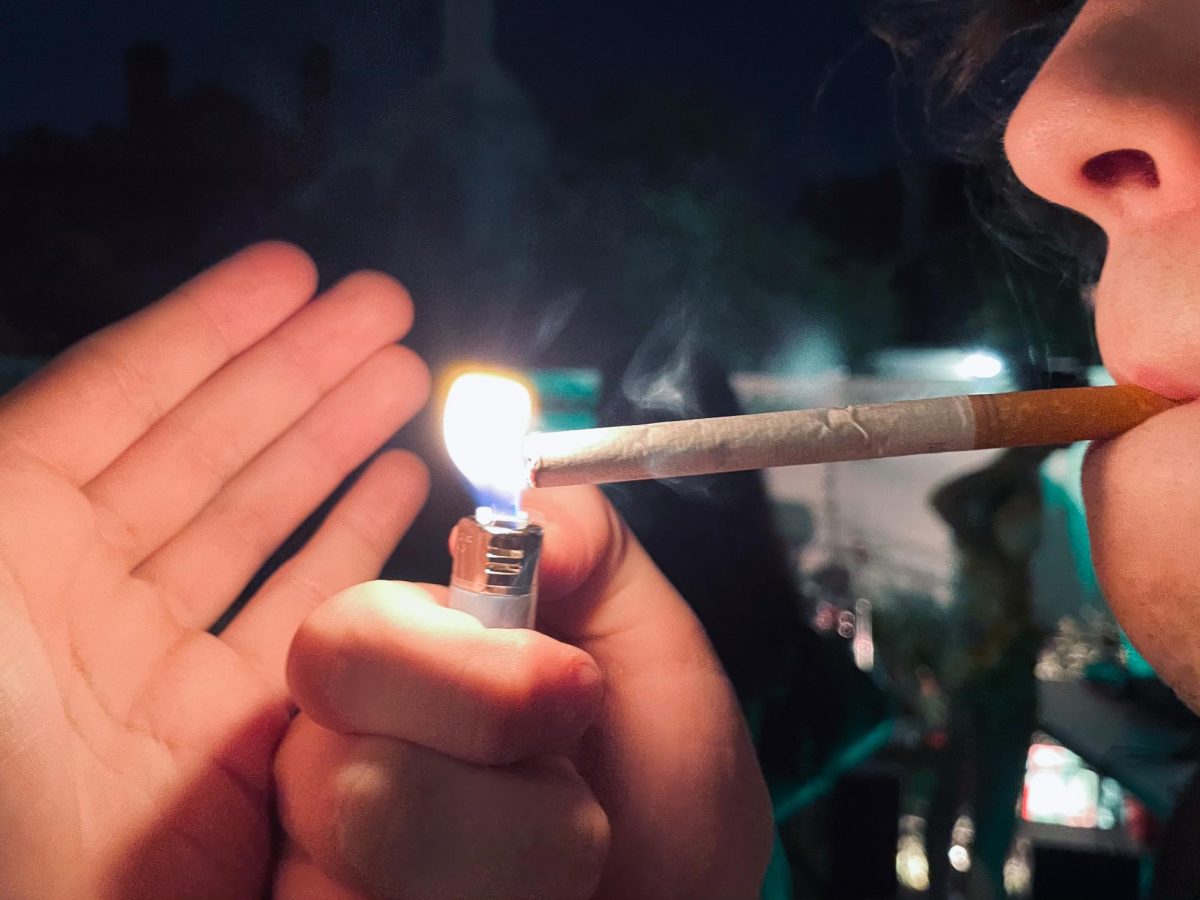Ink’s first reference is no longer the liquid that emits from a pen. Rather, a needle is the tool that makes an ink branding on skin. Tattoos are the art that enable the body to be a canvas of expression. With each new generation, they are more prevalent, so much so that being inkless is becoming the minority.
It seems that half the people walking down a busy New Orleans block are permanently stamped. The same could be said for students roaming the quads on Loyola’s campus. The types of tattoos adorning the student body are vast in variety and significance. Some of the types of students at Loyola with tattoos who under these categories are:
The Rebel
Dave Hood, music business senior, is no stranger to the body art, although upon first glance you wouldn’t know it. If he’s wearing pants and a t-shirt, none of his tattoos are exposed. However, he has tattoos covering his skin from his shoulders to his knees, front and back, not excluding his derriere.
His goal is to complete a “traditional Japanese body suit.” He’s well on his way already by having tattoos of mythological Japanese creatures. One is a Nue, which has the head of a baboon, the body of a raccoon dog, the legs of a tiger and a snake for a tail that flies around a black cloud. Legend says that the Nue is a bearer of misfortune.
In contrast to the Nue, he has a Baku, another Japanese creature that has the head of an elephant and the paws of a lion that battles the Nue and eats bad dreams, turning them into fortune.
“I love Japanese culture and art,” Hood said. But he also acknowledges the “stigma of tattoos” in certain communities. His personal reason for being inked is he doesn’t “want to be in the autonomous fold of society. Having tattoos to me is permanently revoking mainstream society.”
Just don’t let his parents find out..
The Literary
Another tattoo profile includes people who get references to specific authors and literature as tattoos. English freshman Matthew Zarba’s ink is a quote in black text from Jack Kerouac’s “On the Road.”
Zarba relates to the beatnik author because he believes Kerouac was “making hip-hop before there was hip-hop,” a musical genre that Zarba is partial to. He finds that Kerouac emulates jazz musicians and embodies the essence of hip-hop through his words. As a practicing emcee, Zarba admires Kerouac even more, believing he was “the first emcee as a white guy from the ’60s if you can imagine that.”
Zarba said getting the tattoo wasn’t an easy process. It took 11 hours and his arm fell asleep from having to keep it held up in order for the tattoo to be applied properly. He said the experience was like “a needle going into pins and needles.”
Zarba’s idea for his next tattoo is a tree and its root structure, divided by blades of grass (perhaps another literary nod to Walt Whitman?). He decided on this tattoo because it symbolizes the symmetry of the roots giving nutrients to the tree and vice versa. “It’s a yin and yang cycle,” Zarba said. He does offer his own personal advice to the hesitant prospective tat-sporter: have an idea for the tattoo for up to three years prior to getting it, and if the desire remains after the allotted time, that’s when it’s safe to go through with it.
The Cosmic
By Zarba’s logic, psychology freshman Danielle Rovina should be more than ready to get her tattoo, as she’s been interested in the subject for as long as she can remember. She plans to get the eight phases of the moon tattooed on her back. She remembers asking her mother as a little girl why the moon changed shapes. “In a way I always knew,” Rovina said.
To her the lunar shifting symbolizes that “everything constant in life changes, and the moon is the force in the sky that represents that.” She personally identifies with the moon as an aspiring yoga instructor with an emphasis in Natha Yoga, which employs part sun and part moon exercises. She says she is better at the moon practices of Natha Yoga involving back bends and spinal work.
In Memoriam
Many tattoos come from the desire to commemorate and honor a loved one who has passed away. Devin West, music business freshman, has such a tattoo on a large portion of his arm that reads “R.I.P. Dulani West” for his late brother.
Whether or not its purpose is to deviate from societal expectations or pay tribute to a fallen brother, tattoos are the illustrations that help tell a person’s life story on the pages of the body.
Sally Tunmer can be reached at [email protected].


